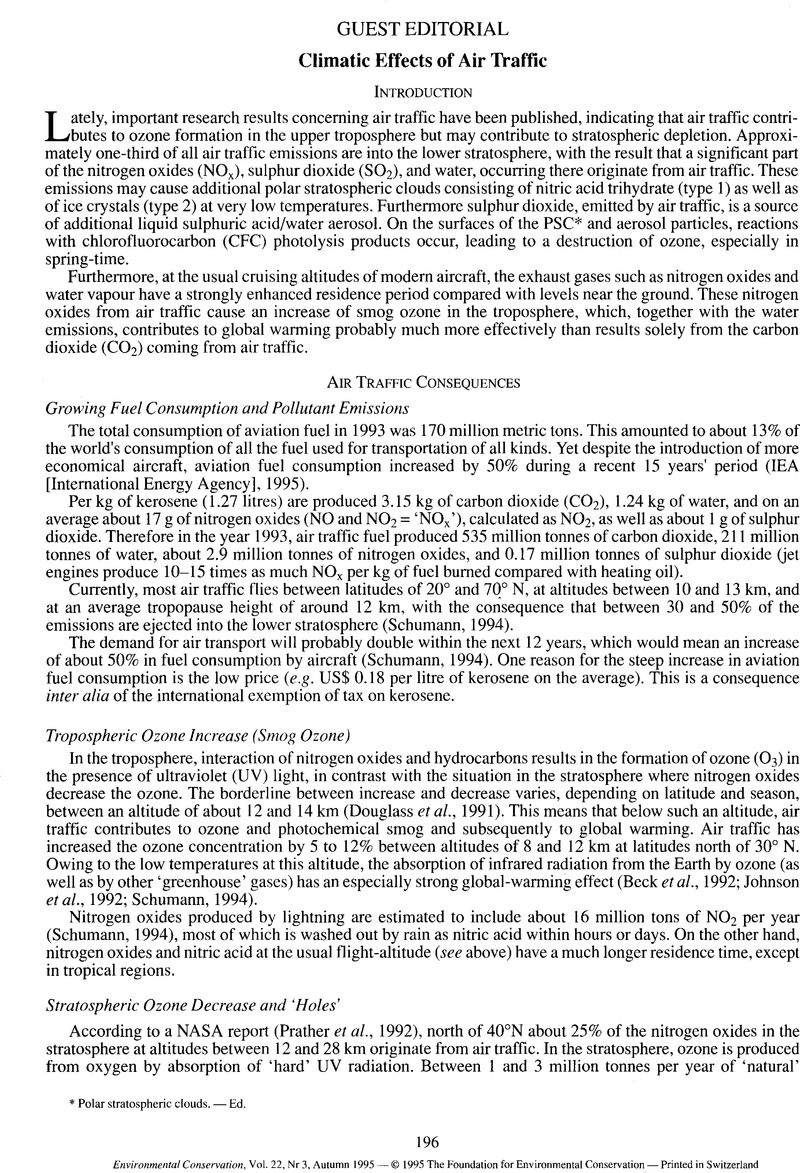Crossref Citations
This article has been cited by the following publications. This list is generated based on data provided by Crossref.
Heland, Jörg
and
Schäfer, Klaus
1997.
Analysis of aircraft exhausts with Fourier-transform infrared emission spectroscopy.
Applied Optics,
Vol. 36,
Issue. 21,
p.
4922.





